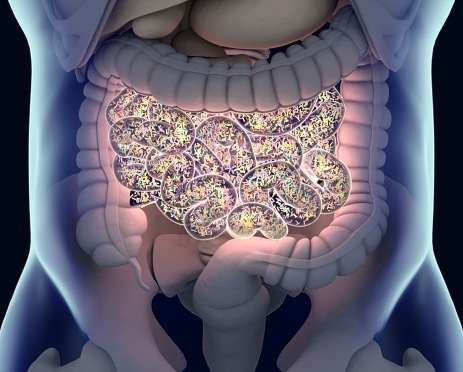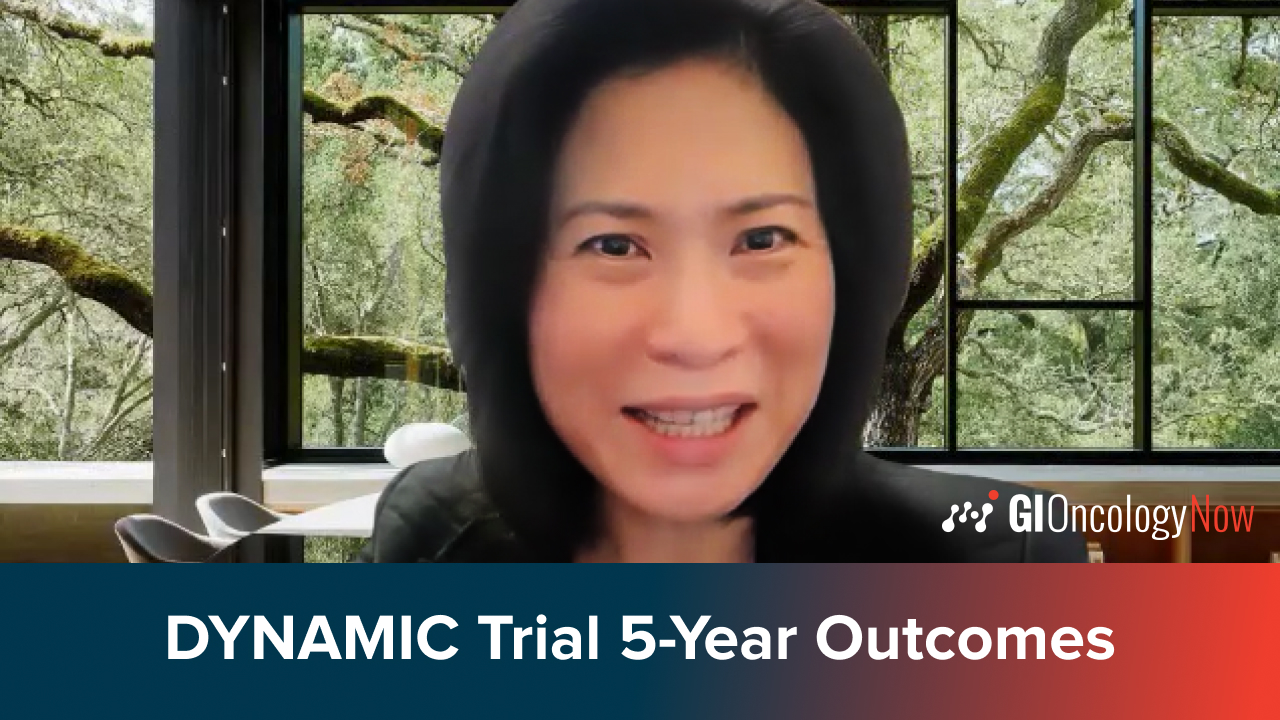The Role of HAI Pump in Colorectal Cancer Treatment
By Michael Lidsky, MD, Cathy Eng, MD, FACP, FASCO - Last Updated: March 19, 2025Michael Lidsky, MD, Associate Professor of Surgery at Duke Health, and Cathy Eng, MD, FACP, FASCO, David H. Johnson Endowed Chair of Surgical and Medical Oncology at Vanderbilt-Ingram Cancer Center, discus the PUMP trial – an open phase 3 comparison of hepatic arterial infusion (HAI) in addition to standard-of-care chemotherapy versus standard-of-care chemotherapy alone in treating patients with colorectal cancer and unresectable liver metastases.
Dr. Eng: Dr. Lidsky, could you share your background and what drives your commitment to enhancing colorectal cancer care?
Dr. Lidsky: I’m a surgical oncologist, specializing in liver, biliary tract, and pancreas conditions. My primary focus is on patients with metastatic colorectal cancer to the liver. Their resilience motivates me. While outcomes have improved, I saw an opportunity for further enhancements, leading me to initiate Duke’s HAI program 5 years ago to complement systemic therapy.
Dr. Eng: Highlighting the importance of a multidisciplinary approach, could you explain how HAI works and why it’s specifically beneficial for liver metastasis in colorectal cancer?
Dr. Lidsky: HAI, administered concurrently with systemic therapy, isolates the liver physiologically and pharmacologically. Liver tumors receive their blood supply from the hepatic artery, while normal liver receives a dual supply from both the artery and the portal vein. Leveraging this, we use FUDR, a 5-FU prodrug, to deliver high-dose chemotherapy directly to liver tumors without causing additional systemic toxicity. This results in concentrations in the liver up to 400 times higher than what can be achieved intravenously.
Dr. Eng: For clarity, which patients are not ideal candidates for HAI?
Dr. Lidsky: HAI yields the best outcomes in patients with liver-confined metastatic disease. Those with extrahepatic disease or impaired liver function are less suitable. Exclusion criteria include cirrhosis or portal hypertension, and good surgical candidacy with normal liver function is a prerequisite.
Dr. Eng: There seems to be a renewed interest in HAI. What do you attribute this resurgence to?
Dr. Lidsky: Although not experimental, HAI faced skepticism due to early toxicity concerns. Dr. Nancy Kemeny’s work at Memorial Sloan Kettering Cancer Center optimized HAI, but interest diminished with the advent of modern chemotherapy. Recently, inspired graduates formed the international HAI consortium, creating an opportunity for real-world multicenter trials, contributing to the renewed interest.
Dr. Eng: Let’s delve into your new clinical trial incorporating HAI. Could you outline the design, eligibility criteria, and the enrollment process?
Dr. Lidsky: The PUMP Trial (EA2222), conducted through ECOG-ACRIN, is a phase 3 randomized trial for patients with unresectable liver-confined metastatic colorectal cancer. Randomized 2:1, both arms include standard chemotherapy, with one arm incorporating HAI. The primary endpoint is overall survival (OS), and secondary endpoints encompass progression-free survival, conversion to resectable status, and patient-reported outcomes. Enrollment is facilitated through the NCI network, leveraging infrastructure for a multicenter trial.
Dr. Eng: Why opt for conducting the trial through the NCI network?
Dr. Lidsky: To adequately power the trial for OS, we require over 400 patients. Conducting this at a single institution poses challenges and draws similar critiques as previous trials. Moreover, it is not feasible to enroll the required number of patients within a reasonable timeframe. The NCI network provides the necessary infrastructure and financial support for a large multicenter trial.
Dr. Eng: Thank you, Dr. Lidsky, for sharing your valuable insights. Your commitment to advancing colorectal cancer care is evident, and we hope to raise awareness about your clinical trial.







 © 2025 Mashup Media, LLC, a Formedics Property. All Rights Reserved.
© 2025 Mashup Media, LLC, a Formedics Property. All Rights Reserved.